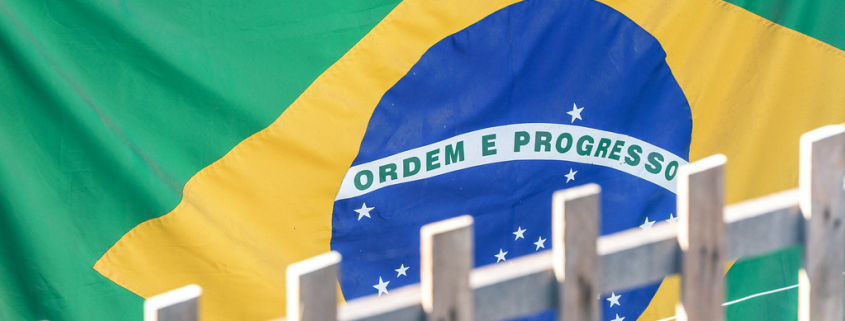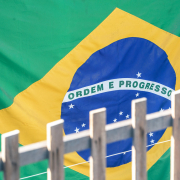The Brazilian Institute of Geography and Statistics (IBGE) recently released their Agricultural Census 2017 which indicated that agriculture occupied 41% of Brazil’s land area. Brazil has a total land area of 851.4 million hectares (2.1 billion acres) with a total of 5,073,324 farming operations which occupy 351.2 million hectares (867.4 million acres) or 41% of Brazil’s total land area. Compared to ten years earlier, the agricultural area in Brazil increased 5.8% while the number of farming operations declined 102,312.
The census was conducted between October 1, 2017 and February 28, 2018 and data was collected on 7.5 million addresses. The number of large farming operations increased especially in the northern agricultural frontier areas while the number of farming operations decreased in northeastern Brazil due to periodic droughts over the last ten years.
The census identified 51,203 large farming operations with more than 1,000 hectares (2,470 acres), which represented 1.0% of the total. These large operations accounted for 47.6% of the land dedicated to agriculture. The census identified 2,543,681 farming operations with 10 hectares or less (24.7 acres), which represented 50.1% of the total. These small operations accounted for 2.2% of the land dedicated to agriculture. Approximately 8.6% of the total land area dedicated to agriculture was rented.
The percent of the types of agricultural operations were as follows:
– 15.8% annual crops
– 2.2% permanent crops
– 31.9% planted pastures
– 13.4% natural pastures
– 30.3% natural forested areas within the farming operations
– 2.4% planted forestry plantations
A striking take away from the census data is how little of Brazil is dedicated to row crop production. Only approximately 7% of Brazil’s land area is dedicated to row crop production with soybeans being the main crop. That means there is tremendous potential for the expansion of soybean acreage in the future if there are favorable market conditions.
In recent years, a significant portion of the increase in soybean acreage in Brazil came from the conversion of degraded pastures to row crop production and Brazil has approximately 3 times more hectares of pastures than row crops. The bottom line is that Brazil could continue increasing its row crop acreage just by the conversion of pastures.
Additionally, since more than 70% of Brazil’s corn is planted after the first crop of soybeans are harvested, as the soybean acreage increases so too does the potential corn acreage.
According to the Brazilian Minister of Agriculture, Brazil is currently the third largest food producer in the world and it will continue to gain market share for the foreseeable future.
Source: Agropages
Image source: “Brasil” by ruifo is marked with CC BY-NC-SA 2.0.


